San Pedro (Echinopsis pachanoi or Trichocereus pachanoi) is a native South American cactus containing psychedelic alkaloids.
The cactus, also known as huachuma or wachuma, has been used as a sacrament for more than 3,000 years in the Andes.In these traditional contexts, San Pedro is used by healers or curanderos to diagnose illnesses. The plant can also be consumed in rituals known as mesas to help heal illnesses or gain insight into everyday problems.
Nowadays, there’s growing interest in working with San Pedro to address trauma, addictions, or disorders.San Pedro contains mescaline, a psychoactive phenethylamine alkaloid that stimulates serotonin receptors. The compound is a hallucinogen and can promote feelings of love, unity, and connection to others and the surrounding world. Many individuals are also motivated to journey with the plant to explore their spirituality, connect with nature, undertake psychotherapeutic work, or enhance creative or cognitive abilities.
Participating in a traditional San Pedro ceremony represents a common way to experience the plant that also honors its sacred cultural context. Experienced curanderos or healers who lead such traditions can create a safe space for those journeying with San Pedro. However, traditional San Pedro ceremonies can also be characterized by sub-psychoactive doses, with those participating not experiencing psychedelic effects.
Some individuals also choose to undertake their own personal San Pedro ceremony, journey with a few trusted others, or experiment with microdosing. Being informed and well prepared is helpful before consuming this sacred cactus and can increase the likelihood of a safe, enriching experience.

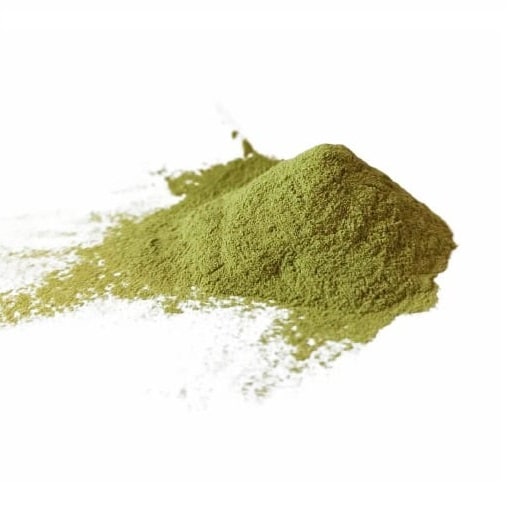
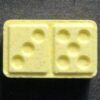
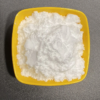
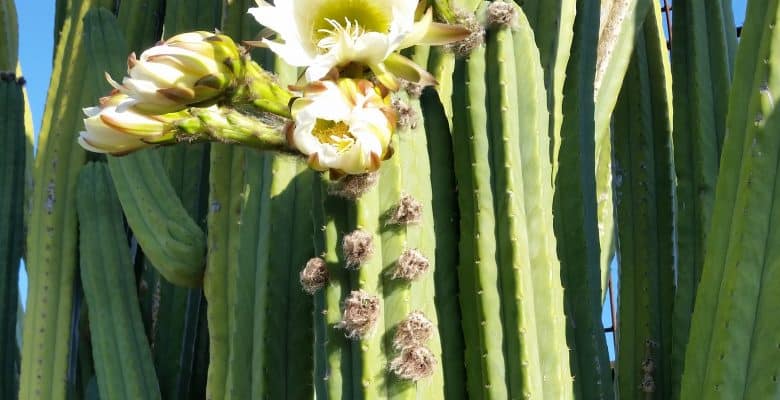
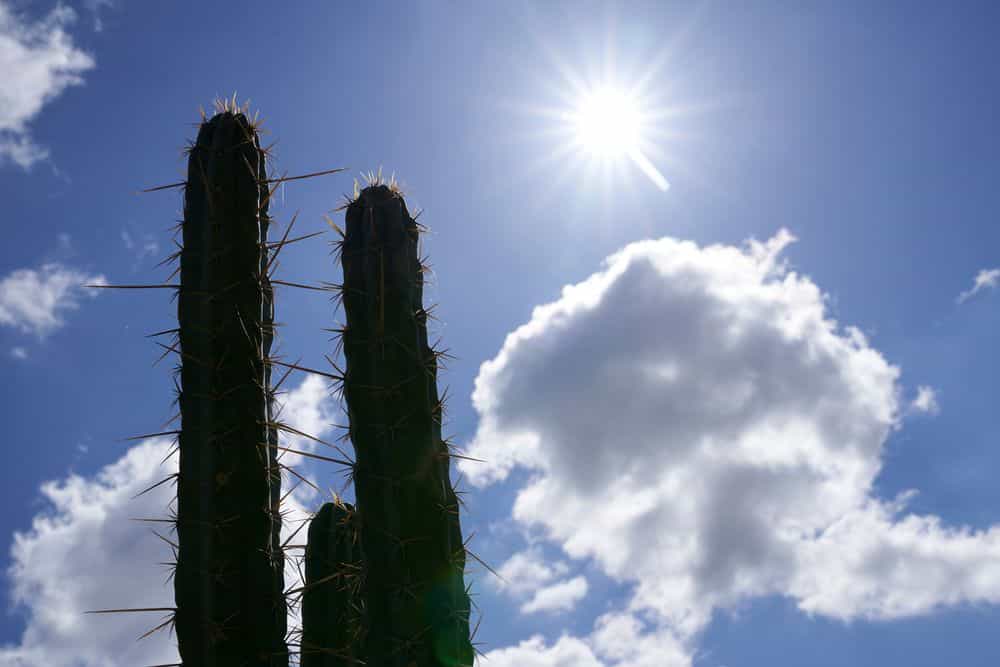
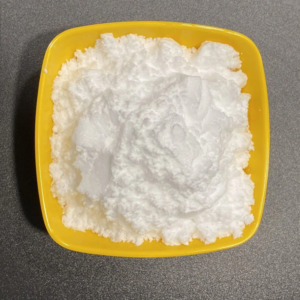
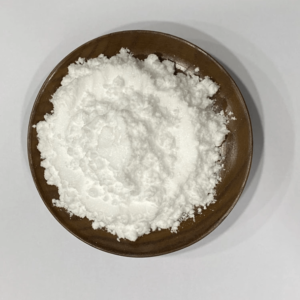

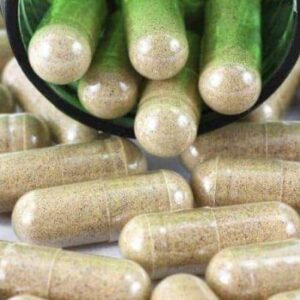


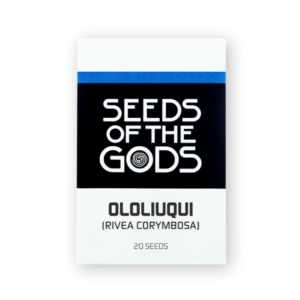



Reviews
There are no reviews yet.